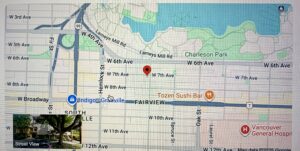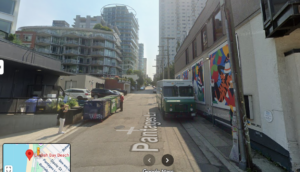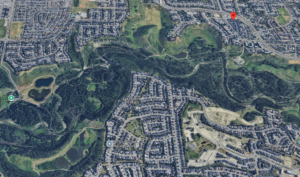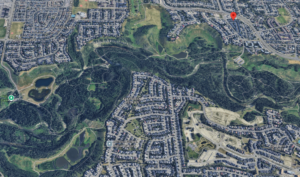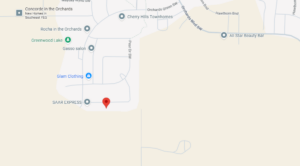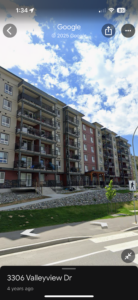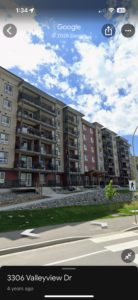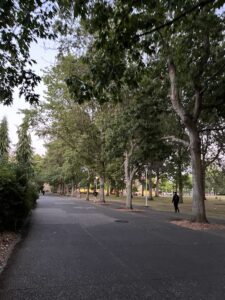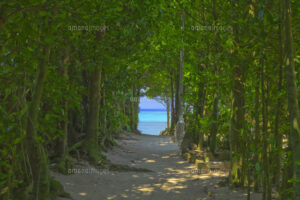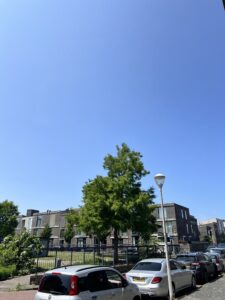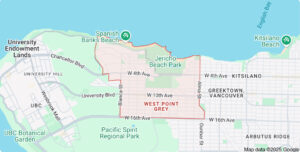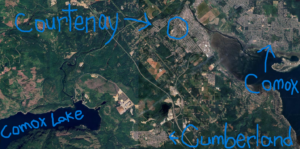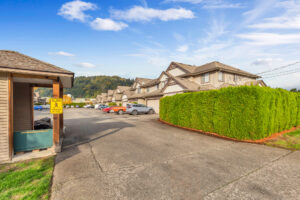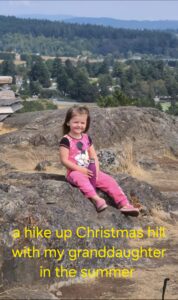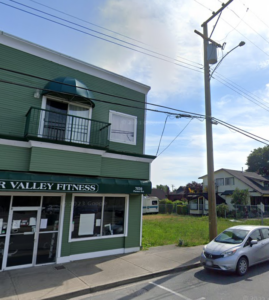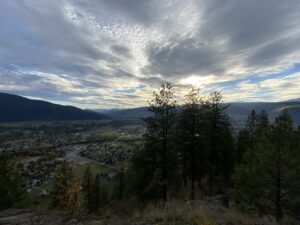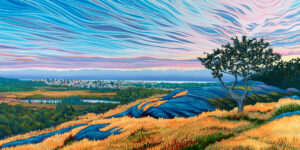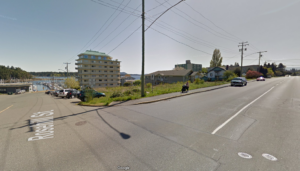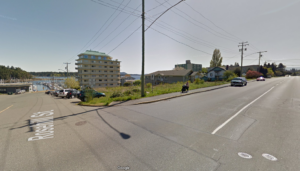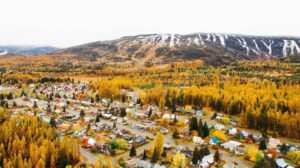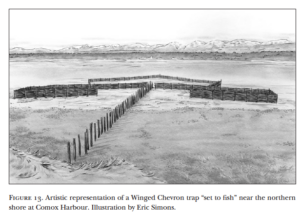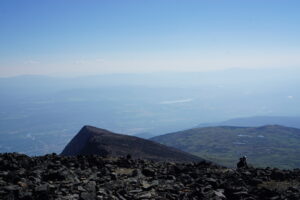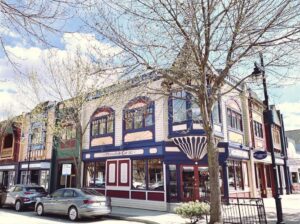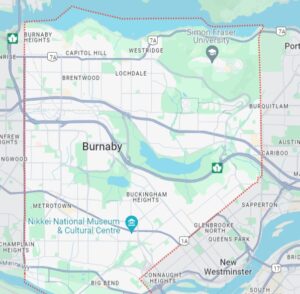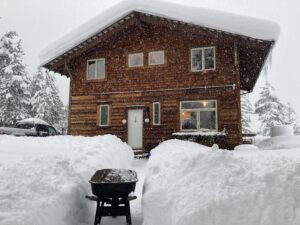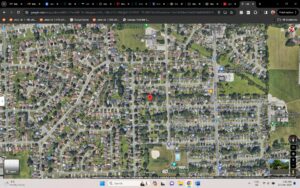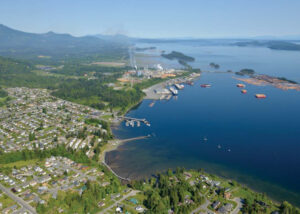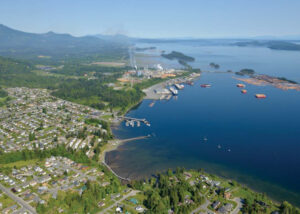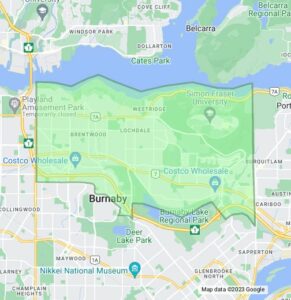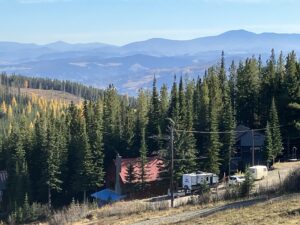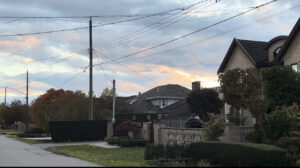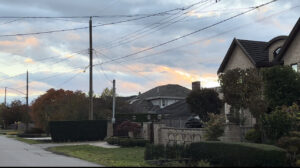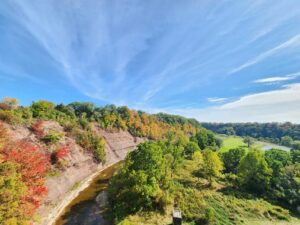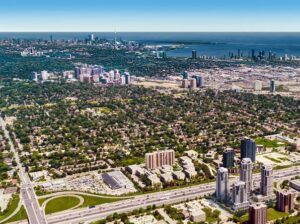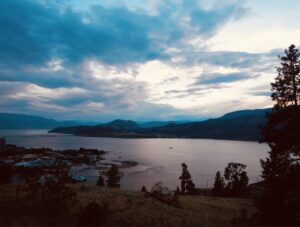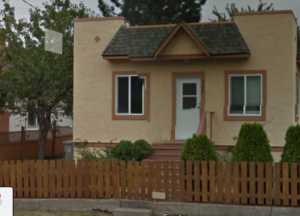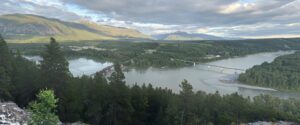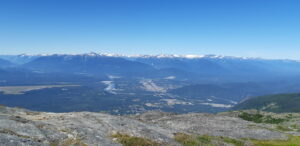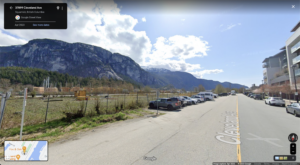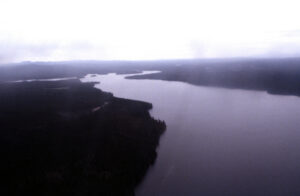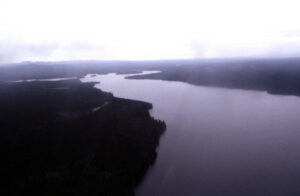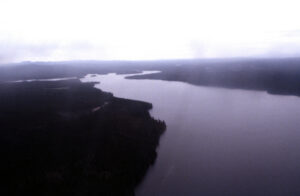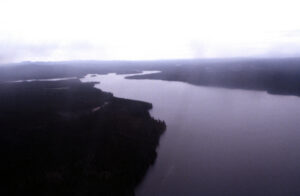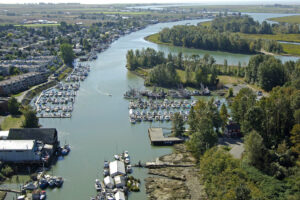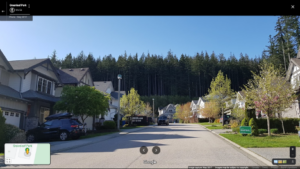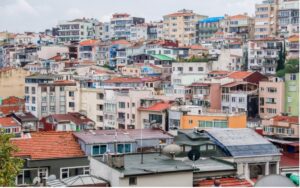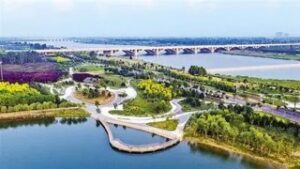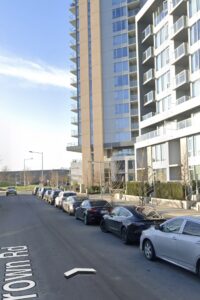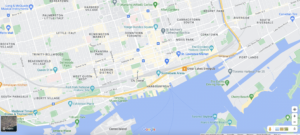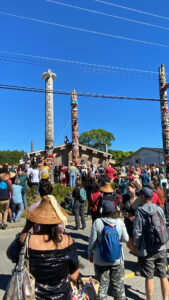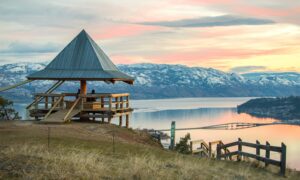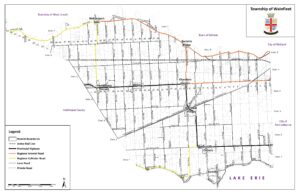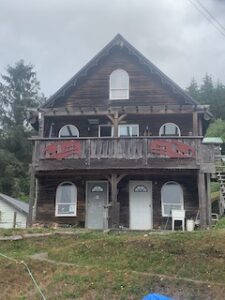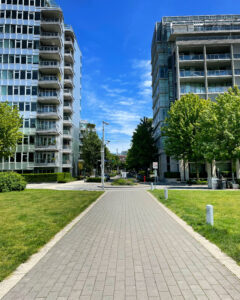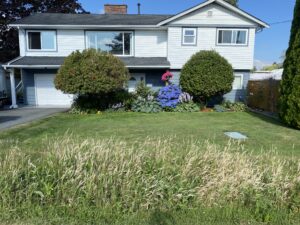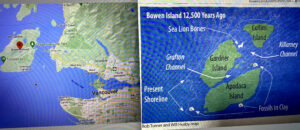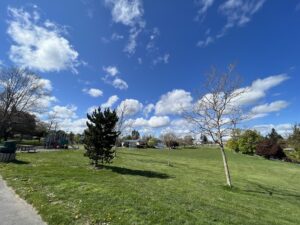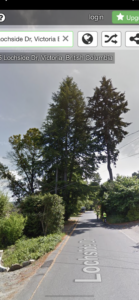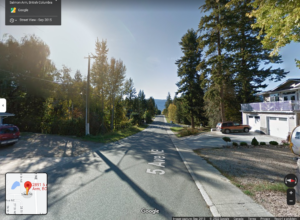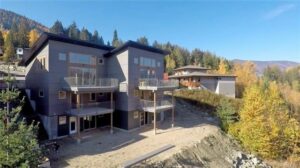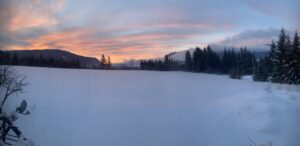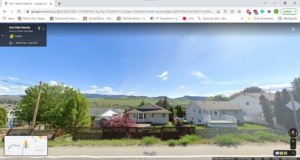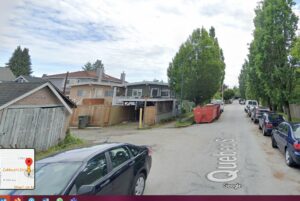Exercise #1: Local Environmental History
Instructions
For Exercise #1, you will bring environmental concepts home by looking at your neighbourhood’s environmental history.
- Using the submission form, post a photo of your area (Google Street View if you do not want to show your home) on this interactive map and explain the ecological history of this space, as per this example.
- Write a 700 to 1100 word of the ecological history of this physical environment, including where applicable: pre-contact use and settlement; wildlife past and present; early settlement and resource extraction; invasive species; urban development; stewardship actions (urban stormwater retention systems; community gardens; composting facilities).
- You must show where you found your information, either through footnote citations or with links embedded in the text, or a combination of both.
- The writing can be informal, as per the Exercise 1 Sample (you may even use first person, which definitely will not fly with your historiography and major essay projects!) but correct spelling and grammar are expected.
- In most cases, given the readily available information online, this exercise need not take more than 6–8 hours to complete. It is meant to help you think historically about your environment—to read it through an ecological lens. If you live in a rural area or small town, you may think that there is less to say than what you read in the sample based on a Vancouver neighbourhood, but this is not the case. The environmental history will be very different, and you might focus far more on, say, the settlement period of the late nineteenth century, or the implications of the introduction of cattle or irrigation and less on events of the 1960s and 70s.
- Please note, you should write and edit your submission in a separate file then copy and paste it into the submission box. Once submitted to the HIST 3991 trubox site, you will not be able to edit your post.
Are you a student of HIST 3991? Click here to add a submission to this assignment.
Submissions
Latest Posts
Haida Gwaii – Masset Environmental History
October 17, 2022 By: Isabelle La Roche
I currently live in a town called Masset, at the very north end of the island of Haida Gwaii. I live in a part of town called “uptown,” but greater Masset is broken into a few neighbourhoods. Uptown is considered the newer part of town or the downtown. The term “downtown” is used fairly loosely here, considering it spans two main streets and one intersection. Old Masset, or the Village of Old Masset, is the Indigenous reserve area where the pre-settlement Masset village existed. Newtown is an Old Masset community just off Highway 16, right out of uptown. It is…
Environmental History of Kelowna, BC, Canada
October 3, 2022 By: Rao Fu
I live in Kelowna, which is a city located on Okanagan Lake in the Okanagan Valley in the southern interior of British Columbia, Canada. The city name “Kelowna” derives from the Okanagan word “kiʔláwnaʔ”, referring to a male grizzly bear [1]. Kelowna is BC’s third-largest metropolitan area, which encompasses 2,904,86 km2 metropolitan area with an estimated population of 222,748. Settlement in the Okanagan Valley began over 12,000 years ago with the first nation Okanagan people who made their living by hunting, fishing, gathering, and trading [2]. In 1811. David Stuart travelled to the Okanagan Valley, becoming the first European to…
Wainfleet Ontario
September 28, 2022 By: Keith Gracey
I currently live in the O’Reilly’s bridge neighbourhood of Wainfleet, ON, in the southern Niagara region. One of the best parts about where I currently live is that I live on the Welland River; in older documents referring to the area, including but not limited to documents about the War of 1812, this river would have been referred to as Chippewa Creek. Wainfleet was also formerly referred to as Marshville. Pre-contact era – The Niagara region has a long history of habitation, with the earliest evidence coming from the carbon dating of mounds in Lewiston, NY, that proved to be…
HIST 3991 Environmental History – Assignment 1- Exercise 1- Local Environmental History
September 26, 2022 By: Jennifer Marshall
Exercise #1: Local Environmental History I live in the Westsyde neighborhood of Kamloops, BC. It is surrounded by the North Thompson River, Deep Lake, and the Lac Du Bois Grasslands protected area. My neighborhood is one of the outlying areas of Kamloops, stretching north, and ending with a small, two vehicle, cable-driven, river ferry crossing. Although the original ferry was established in 1890 by local farmers, the government took control in 1919, and modernized it to a version of what we see and use today. (https://www.kamloopsthisweek.com/local-news/mclure-ferry-celebrates-100th-year-of-government-service-4440246). Over the past two years, a new road has been developed in westsyde, joining…
Daajing Giids
August 26, 2022 By: T00472990
The Village of Daajing Giids is located on==on Haida Gwaii. Our community was formally known as the Village of Queen Charlotte. Daajing Giids is on Graham Island, Haida Gwaii, in Skidegate Inlet. More specifically, our village is located in Bearskin Bay. Daajing Giids is situated in a temperate rainforest 100 kilometres off the west coast of British Columbia. Some areas of Haida Gwaii were unexposed to the last ice age, which helped create an abundance of biodiversity. The Haida have lived on Haida Gwaii since time immemorial and have stories going back to two ice ages. The Haida have a…
